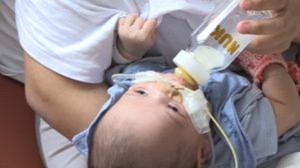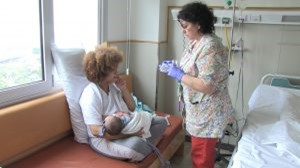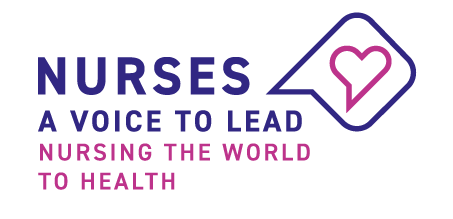IND Case study Nurse-led training in feeding tubes for patients, parents and caregivers

Nasogastric tube feedings are used for children who are not able to take in enough calories by mouth. The tube is inserted into the nose or mouth and slid into the stomach. The formula is then put into the tube and flows through it into the stomach. Many parents feel overwhelmed when told their child needs a feeding tube. The school helps to guide them through the steps to ensure they are prepared to carry out the procedure at home.
Montserrat Gutiérrez is one of the nurses responsible for this initiative. “There were many families who asked to be able to leave so they could nurture their child in a comfortable way and without needing to be in the hospital. Hence the idea of starting a programme in which we made sure that the family had understood the concepts, they could do it with maximum security and they could leave,” she explained.

Once the medical team has decided that a patient is a viable candidate, the nurse gives individual practical classes. “The biggest fear of the parents is that the probe will come out. We show them the risks that exist and if there is any kind of problem, how to stop it. We reassure them that if the probe comes out and they do not dare or are not sure if they can replace it, they can go to their health center or our hospital,” says Gutiérrez.
The nastrogastric pump is usually a temporary tool, for 3-6 months. Following that the team teaches parents how a gastric button functions as that is the more comfortable longer-term solution.
When patients leave the hospital, a bridge is established between the hospital and the local health centre so the latter is aware the parents are in the programme and can respond to any further issues. Nurses are 100% responsible for this programme, from beginning to end. They ensure that parents and other caregivers are adequately trained to manipulate and change the feeding pump, and are in charge of confirming when a family is fully prepared. The result is parents, nurses and the medical team are fully confident that the parents are prepared to take their child home safely.
Click here to watch a video (in Spanish)

